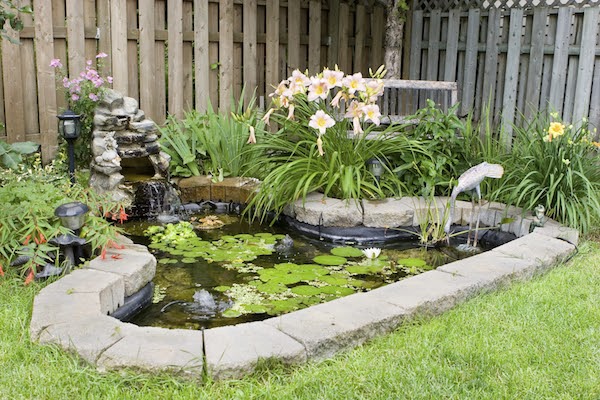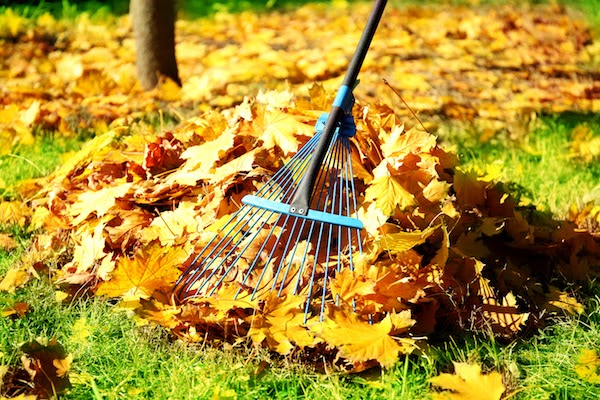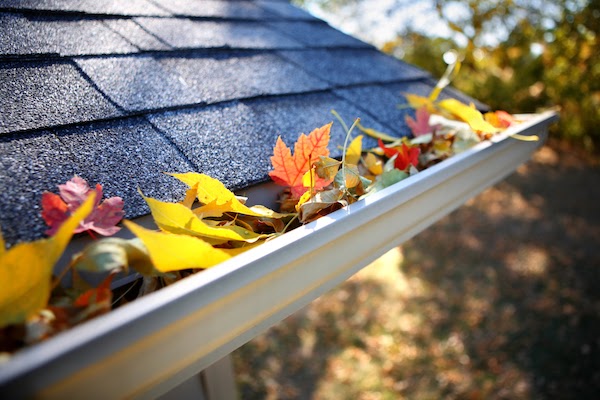Any avid gardener will tell you that fall is an extremely crucial time in the lifecycle of your garden. By taking the time to properly prepare for winter, you are setting yourself up for a successful spring and summer. To make sure your garden is just as beautiful next year as it was this year, you need to start preparing now. Follow these tips when preparing your garden for fall.
September

The first month to kick off the temperature cooling down and the official initiation of fall. Start by collecting seeds and herbs for drying while it is still warm enough. Pull as many weeds as you can, then fertilize your lawn. Plant new trees, shrubs, and spring-flowering bulbs at least six weeks before frost, then add compost or manure to all garden beds.
Cover any water features you have with netting to collect falling leaves for an easier clean up come spring. Clean and check for any pests, then bring inside clay pots and houseplants. Last but not least, continue to water any trees and shrubs until the ground freezes to allow strong roots and survival throughout the winter.
October

As the month of October approaches and the temperatures drop further, your garden will continue to need care. Rake up and compost leaves that have fallen. Cut any diseased areas out of perennials, but make sure you do not compost them! Remove all the debris from your garden, including all vegetable plants, fall fruit and dead annuals. Dig up tender bulbs, wrap them in moist materials and store in a cool dark space.
Cut back perennial foliage but leave flowers with seeds for birds (optional). Transplant shrubs and young trees into new locations. Trim any taller grasses away from trees or corners of your home to deter rodents from creating nests. Finally, as always, continue to water trees and shrubs until the ground freezes. If you are unsure about any of these tasks, discuss with a garden maintenance professional about assisting you in the process.
November

When November rolls around, some of your last lawn care tasks for the year will take place. Before the temperature officially drops below freezing, you will want to tie up all loose ends. Turn off your outside water connections and drain your garden hoses to prevent freezing, and bursting. Divide spring and summer blooming perennial plants and mulch rose bushes.
Inquire with a professional about cleaning the fallen leaves in your downspouts and gutters. Wrap screening around your fruit tree trunks to protect them from small animals. The last waterings will most likely take place late November, or early December.
Taking the time to properly care for your garden in fall is essential if you want a beautiful garden the following year. Canadian winters are harsh, so you need to make sure your garden is protected and can withstand the winter months. Ensuring you tuck your garden into bed, with all its protection before allowing it to fall asleep for winter is key. If you need any help preparing your garden for fall, discuss with a professional today about your options.
